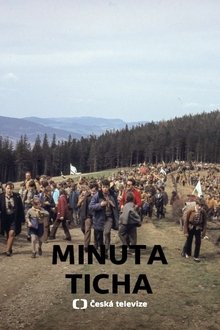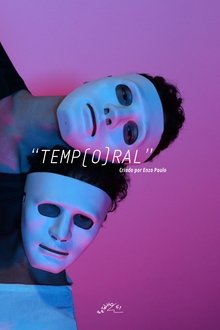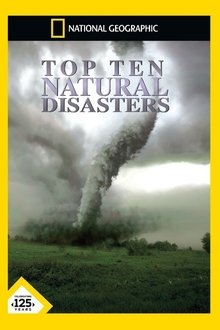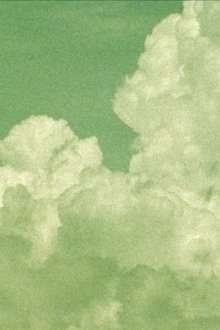The Wild Defending Itself is a feature-length documentary (90 min) by Vincent Verzat, produced by Partager c'est Sympa. The film traces his path between militancy and naturalism, his search for a balance between combat and contemplation. Based on a personal and sensitive story, the film makes the link between wild animals and the struggles being waged throughout France against the destruction of their habitats. The Wild Defending Itself sets out a path for living with dignity and preparing for what lies ahead.
Related Movies
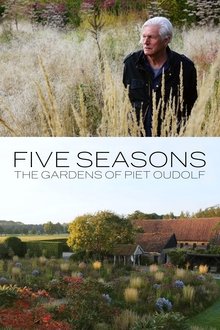
Five Seasons: The Gardens of Piet Oudolf (2017)
Viewers are immersed in revolutionary landscape designer Piet Oudolf’s work and given an insight to his creative process, from his beautifully abstract sketches, to theories on beauty, to the ecological implications of his ideas.
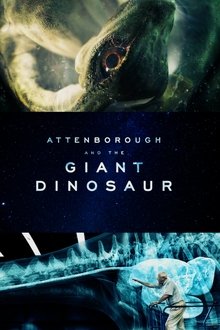
Attenborough and the Giant Dinosaur (2016)
David Attenborough tells the story of the discovery and reconstruction in Argentina of the world's largest-known dinosaur, a brand new species of titanosaur.
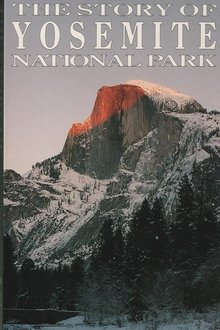
The Story of Yosemite National Park (1991)
Mountain men Joseph R Walker was probably the first non-Indian to see Yosemite, in 1833, but not until the California militia entered the valley rounding up the Ahwahneechee Indians was the region discovered. In June, 1864, President Abraham Lincoln signed the Yosemite Grant, making it a California State Park. It became famous through the writings of Horace Greeley and the efforts of John Muir. Cinematographer Dennis Burkhart captures in this video the magnificence of Yosemite Valley (El Capitan, Bridalveil Fall, Half Dome), the High Sierra (John Muir Trail, Tuolumne Meadows, Tioga Pass) and the Mariposa Grove of giant sequoias. The camera catches the wildlife that roams the 1,1170 square miles of Yosemite, i.e. the mule deer, mountain lion, black bear, coyotes, bighorn sheep, and the rare peregrine falcon. This video reveals why 3.8 million visitors come each year and stand before awe-inspiring panoramas they will never forget.
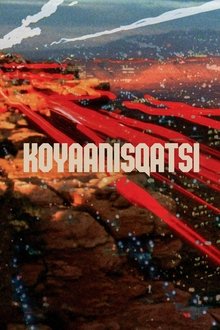
Koyaanisqatsi (1983)
Takes us to locations all around the US and shows us the heavy toll that modern technology is having on humans and the earth. The visual tone poem contains neither dialogue nor a vocalized narration: its tone is set by the juxtaposition of images and the exceptional music by Philip Glass.

Namibia’s Desert Kingdom (2013)
Rocks, dunes, sand and dust - large areas of Namibia in southwest Africa are characterized by deserts. Riverbeds full of sand meander through these inhospitable regions. Some of these only have water once every few years when enough rain has fallen in the mountains and the water rushes to the coast - but most of the time the river courses have dried up. And yet they are crucial for the survival of many living beings.
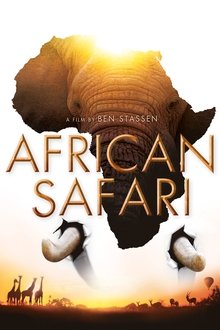
African Safari (2013)
A documentary that leads the audience from Namibia to Kilimanjaro to explore the African wildlife.
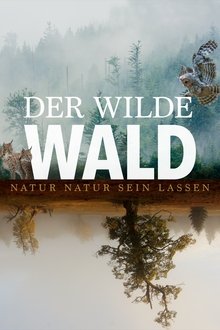
The Wild Forest (2021)
“Let nature be nature” is the philosophy of the Bavarian Forest National Park. Despite massive resistance, this vision has become a groundbreaking showcase project. Because humans do not interfere with nature, the former commercial forests grow into a primeval forest, a unique ecosystem and a refuge for biodiversity. People from all over the world come here. They are looking for answers to the question of why we need more wild nature and what we can learn from it to preserve forests for future generations in times of climate change.
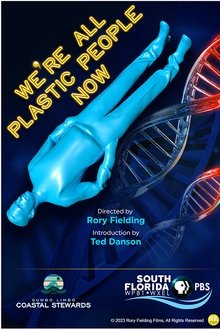
We're All Plastic People Now (2023)
In an era of throw-away ease, convenience has cost us our well-being. Plastics have been found inside our bodies— in our colons, our brains, and even in mothers’ developing wombs. Scientists around the country are sounding the alarm, but without public buy-in, there is little that can be done. How much evidence do we need before we decide to take action?
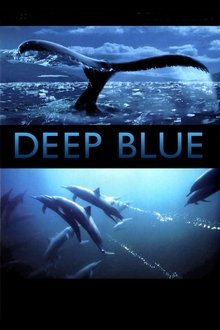
Deep Blue (2003)
Deep Blue is a major documentary feature film shot by the BBC Natural History Unit. An epic cinematic rollercoaster ride for all ages, Deep Blue uses amazing footage to tell us the story of our oceans and the life they support.
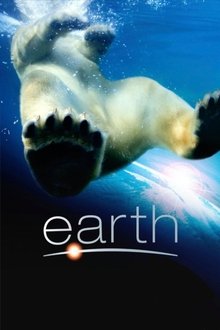
Earth (2007)
An epic story of adventure, starring some of the most magnificent and courageous creatures alive, awaits you in EARTH. Disneynature brings you a remarkable story of three animal families on a journey across our planet – polar bears, elephants and humpback whales.
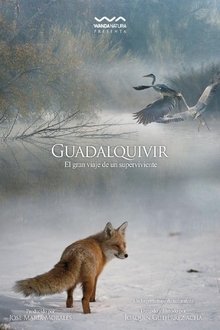
Guadalquivir (2013)
'Guadalquivir' is a feature length documentary directed by Joaquín Gutiérrez that features a fox, an animal that has adapted, living in packs and alone and that is a carnivore, vegetarian and even carrion. The camera follows the path of the fox by the Sierras de Cazorla, Segura and Las Villas.

Half Moon (2020)
A dance between moon and ocean, forests and rivers. A short film by Scott Barley, originally made for a "half moon phase" sequence for Tadhg O'Sullivan's essay film, 'To the Moon' (2020). Shot on iPhone Xs with various rephotographing techniques, combined with superimposed drawings and paintings by Scott Barley. Released as a standalone short film in 2024 as part of 'Short Films (2012–2020): Solo Works by Scott Barley' on Blu-ray.
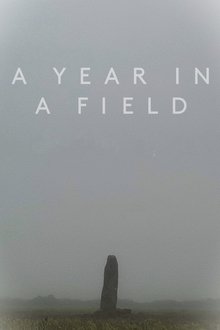
A Year in a Field (2023)
With his camera and tripod, BAFTA-winning documentary filmmaker Christopher Morris began filming each day in a field near his home, telling the story of one Cornish field told over one climatic year.
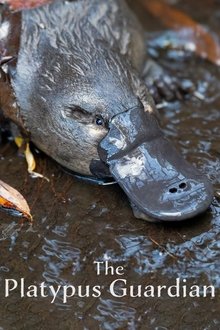
The Platypus Guardian (2023)
In a time of hardship, Hobart resident Peter Walsh turns to the secretive platypus for solace, only to discover it is the platypus that need his help to survive in a habitat under threat.
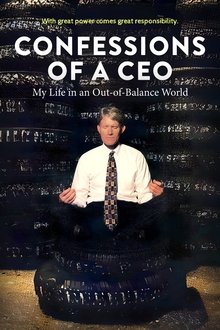
Confessions of a CEO: My Life in an Out-of-Balance World (2025)
A bare-knuckled critique of corporate America told through the powerful true story of a toxic CEO who evolves from a profits-over-people, philandering executive to an unorthodox leader, populist messenger, and mentor to American influencers. It’s a story of growth, redemption and the impact of self-awareness on leadership and life.
